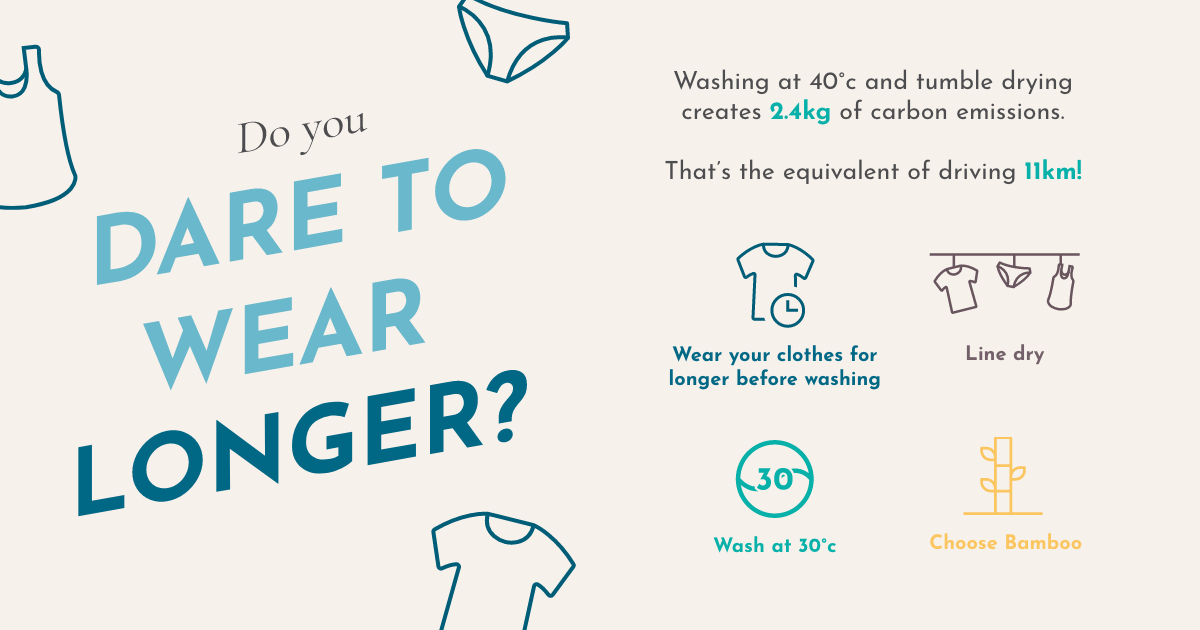New Advice To Deciding On Bamboo Clothes
Wiki Article
How Is Hemp More Environmentally Sustainable Than Cotton On Water Use And Pesticides?
Hemp is a sustainable crop compared to cotton for a variety of reasons.
Hemp Hemp requires comparatively less water than other crops, including cotton. It is thought to be a drought-resistant plant that can flourish without much irrigation. In many locations, hemp is grown with rainwater only. This is why it is a good water source.
Cottonis known to be water-intensive. Cotton cultivation requires a lot of irrigation, which can lead to local water shortages as well as depletion in areas with water stress. Cotton farming is a water-intensive process which raises concerns about its sustainable nature.
Pesticides and herbicides
Hemp- Hemp is naturally resistant to a variety of diseases and pests, reducing the need for chemical herbicides and pesticides. Although some hemp crops require pest control, in general the dependence on chemical is less than other crops like cotton. Hemp cultivation is almost free of pesticides.
Cotton- The traditional cotton farming relies on pesticides and synthetic herbicides to control pests and weeds. Chemicals can have negative environmental consequences including soil and water pollution as well as harm to species not intended for control as well as the development of pesticide-resistant bugs.
In summary it has been proven that hemp is to be more sustainable as compared to cotton. This is due to the fact that it requires less water, pesticides, and weedicides.
Hemp is a plant that requires less water than other crops and can be grown without irrigation or rainfall.
Hemp is resistant to many species of fungi, pests and diseases. This helps reduce the use of pesticides made from synthetic chemicals.
Hemp production uses less synthetic pesticides as compared to cotton.
It's also essential to recognize that sustainable practices and environmentally friendly farming techniques may differ based on the area and the individual cultivators. Organic farming practices can also improve sustainability by reducing the use of synthetic chemicals and increasing the quality of soil. When it comes to the impacts that textiles and clothing have on the environment, using sustainable, organic fibers such as cotton or hemp can help minimize the impact. Take a look at the most popular my explanation on hemp clothing for website info including hemp apparel fabric, womens hemp clothing, hemp and cotton fabric, hemp shorts patagonia, women's all seasons hemp canvas bomber hoody jacket, patagonia iron forge jacket, hemp textiles, patagonia volley shorts, women's all seasons hemp canvas bomber hoody jacket, hemp long sleeve shirt and more.

What Are The Benefits Of Hemp Clothing? What Are The Functional And Technical Benefits Of Hemp Clothing Over Traditional Fibres?
Hemp clothing has many functional and technical advantages over conventional fibers while being environmentally sustainable. Hemp clothing is an ideal eco-friendly option because it's water- and sweat-resistant.
Hemp fibers are highly water- and breathable, making hemp clothing comfortable in all kinds of weather. They aid in wicking moisture away from the body. This helps keep you cool and dry in hot weather and reduce the chance of odors and bacteria.
Temperature Regulation
Hemp clothing has excellent thermoregulatory abilities. It keeps your body warm in cold temperatures by retaining warmth close to your body and help you stay cool in hot conditions by allowing heat as well as water to go away. This natural control of temperature can reduce the necessity to change clothes often.
Durability and Longevity
Hemp fibers can be durable. Hemp clothing is known to be stronger and durable. It is also less prone to wear and long-lasting than traditional fibers. The result is that hemp clothing can last for a longer time. It also means fewer need for frequent replacements.
UV Protection-
Hemp fibers provide natural UV protection, shielding the skin from harmful UV radiation. This can be particularly advantageous for outdoor activities as well as sports.
Biodegradability:
Hemp clothing is degraded in time. This feature reduces the environmental impact of textile waste, as synthetic fibers are able to persist in landfills.
Low Environmental Impact
Hemp cultivation requires less synthetic pesticides compared to cotton. The hemp plant uses less water, making it a better choice for the environmental. The eco-friendly qualities of hemp cultivation that is organic are even more pronounced.
Carbon Sequestration
Hemp plants can absorb carbon dioxide during their growth. In this way, hemp can be used as a carbon sink to help reduce greenhouse gas emissions.
Sustainability and crop rotation
Hemp can be included in crop rotation systems, improving overall soil health and reducing the chance of soil loss and disease buildup. This sustainable farming practice contributes to its eco-friendliness.
Versatility:
In order to create blends of fabric that are high-performance and eco-friendly hemp fibers may be incorporated with other materials like organic cotton or recycled Polyester. This versatility allows the creation of innovative textile products.
Low Toxicity
Hemp fibres are not high in toxicity by nature, and do not require chemical processing. They can reduce the environmental impacts of textile production.
While hemp offers many eco-friendly and functional benefits but the sustainability of clothing is also dependent on factors like dyeing processes and transportation. Also, it is affected by ethical work practices. To make eco-conscious decisions, shoppers can search for clothing brands that emphasize the environment, transparency and ethical manufacturing practices and hemp or other eco-friendly fibers. Take a look at the recommended get more info for hemp clothes for more examples including hemp jeans, organic hemp fabric, patagonia hemp overalls, patagonia hemp overalls, hemp pants womens, hemp fabric clothing, hemp apparel fabric, nomad hemp wear, hemp apparel, mens hemp t shirts and more.
What Are Some Of The Benefits That Bamboo Clothing Has To The Environment And For Comfort?
Bamboo clothing offers several advantages when it comes to both environmental sustainability and comfort.
Bamboo fabric is known for their exceptional softness. It is silky smooth texture that feels great against your skin. Bamboo clothing is silky soft texture that makes it popular as intimate apparel as well as activewear and loungewear.
Breathability - Bamboo fibers can be naturally moisture-wicking and breathable. Air circulates through the gaps, keeping you cool in hot temperatures. The moisture-wicking properties help pull sweat away from the skin and decrease the sensation of dampness.
Bamboo clothing has great properties for thermoregulation. Bamboo clothing can help keep you warm in cooler temperatures, by trapping warmth near your body. It can also help you to stay cool during hot temperatures because it lets the excess heat and moisture to escape. Bamboo clothing is suitable for wear all year round because it is able to adapt to various temperatures.
Bamboo fabric is hypoallergenic. It is hypoallergenic and soft on sensitive skin. Bamboo fabric is less likely to cause irritation or allergic reactions. This makes it a comfortable option for those with skin sensitivities or allergies.
Bamboo fibers are naturally antimicrobial properties that can assist to stop the growth of odor-causing bacteria. Bamboo clothing is able keep fresh and clean after physical activity.
Environment-
Sustainability- bamboo is a resource that's highly renewable and ecologically sustainable. Bamboo is one of the fastest-growing plants in the entire world. It grows with minimal water and doesn't require any pesticides. Bamboo can be harvested and not kill the plant as it regenerates from its root system.
Bamboo is a natural water-efficient plant that is water-efficient. It can thrive with minimal irrigation and can be grown using rainwater alone, reducing the environmental impact that comes with the use of water in agriculture.
Biodegradability. Bamboo clothes will naturally decay over time if removed. This property reduces the accumulation of non-biodegradable textile waste in landfills.
Carbon Sequestration Bamboo plant are able to absorb carbon dioxide (CO2) when they grow rapidly. Bamboo farming reduces greenhouse gas emissions and act as a carbon source.
Chemical Reduction- The production and processing of bamboo textiles typically require less chemicals than other types of textiles. This can help reduce the impact on the environment that manufacturing textiles produces.
Closed-Loop Process- Some bamboo fabric processes are closed-loop that recycles water and chemical waste and reduces pollution and waste.
Be aware that the impact on the environment on bamboo clothing will vary based on whether or not it's manufactured using sustainable and properly managed bamboo forest. Bamboo clothing made using eco-friendly practices will provide the most environmental benefits. Check out the best bamboo clothing for website tips including bamboo sun shirt, bamboo childrens clothing, bamboo tank tops, bamboo material clothing, short sleeve bamboo pajamas, bamboo top, bamboo ladies pants, bamboo baby clothes, onno bamboo shirts, organic bamboo pajamas and more.

